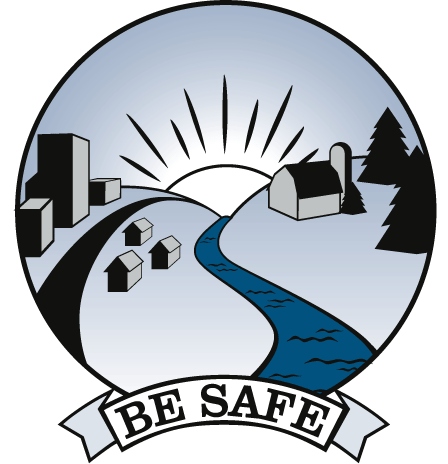![]()
![]()
European
Union�s
Bold
Approach on Toxics

Q&A on the REACH Proposal
Q:
What is REACH?
A: REACH
is an ambitious European effort to create a regulatory system that
protects human health and the environment from exposure to dangerous
chemicals. The name REACH refers to its three key steps: Registration,
Evaluation and Authorization of Chemicals.
Q:
How is REACH relevant to the U.S.?
A:
Once enacted,
REACH can benefit Americans in several ways:
- American consumers will be able to purchase safer products manufactured in compliance with European standards.
- American businesses will have access to the world�s largest market for safer chemicals and cleaner products.
- The information and experience generated by this REACH will prove valuable in American environmental policy, such as state efforts to phaseout persistent bioaccumulative toxics (PBTs) and other hazardous substances.
Q:
Don�t US laws already protect us from dangerous chemicals?
A:
Unfortunately not. When the key federal law, the Toxics Substances
Control Act (TSCA), was passed in 1976, it defined some standards
for all new chemicals brought to market. But the tens of thousands
of existing chemicals�which make up the majority of the materials
in everyday items like consumers products, fabrics, toys, paints,
etc.�have never been subjected to basic health and environmental
assessment. The US EPA admits that it has basic safety data on less
than 15 percent of these substances.
Q:
Is the situation any different in Europe?
A:
In general, environmental regulations on chemicals in Europe
are not much different from U.S. regulations. However, the proposed
REACH legislation would bring in sweeping changes in Europe, and
put the responsibility squarely on chemical producers, importers,
and companies that buy these products to understand the hazards
posed by chemicals and share this information with officials and
the public.
Resource:
By
World Wildlife Fund (WWF)
1.
Fairbank, Maslin, Maullin & Associates � PBT Opinion Research
Report, April 2003.